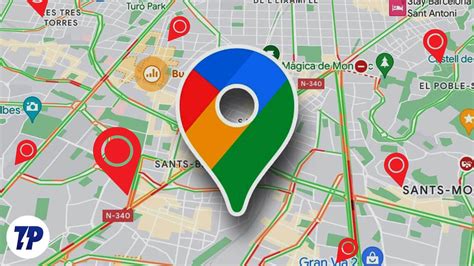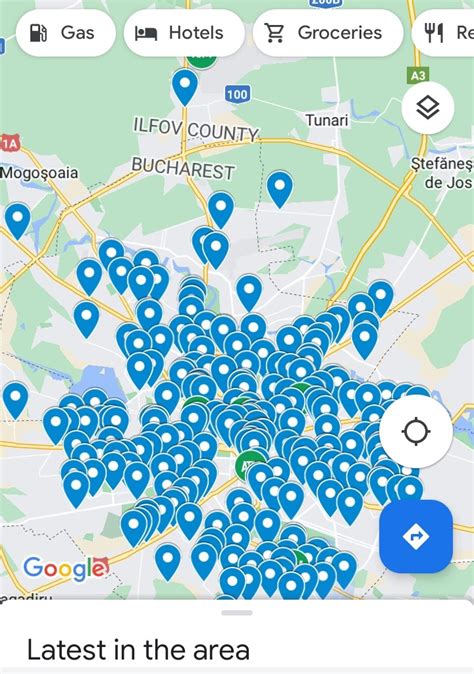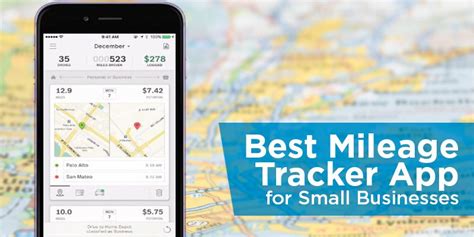Google Map Pin Drop

In the ever-evolving landscape of digital mapping and navigation, Google Map's Pin Drop feature stands out as a pivotal innovation, reshaping the way we interact with geographical data. This feature, with its intuitive design and powerful functionality, has become an indispensable tool for users worldwide, revolutionizing how we navigate, explore, and engage with our surroundings. From pinpointing precise locations to offering rich contextual information, Pin Drop is a testament to Google's commitment to enhancing our digital mapping experiences. In this comprehensive article, we delve into the intricacies of this feature, exploring its historical evolution, technical architecture, real-world applications, and its profound impact on the mapping industry.
The Evolution of Google Map’s Pin Drop: A Historical Perspective

The genesis of Google Map’s Pin Drop feature can be traced back to the early 2000s when Google Maps first emerged as a groundbreaking online mapping service. Initially, the platform offered a basic yet revolutionary way to explore and navigate the world digitally. However, it was with the introduction of the Pin Drop feature that Google Maps took a significant leap forward, transforming from a mere mapping tool to a versatile platform for location-based services.
The first iteration of Pin Drop was a simple yet effective design, allowing users to place a "pin" on a specific location on the map. This pin served as a visual marker, providing a quick and intuitive way to indicate points of interest, destinations, or any other relevant geographical coordinates. Over time, Google refined and expanded this feature, incorporating advanced functionalities that enhanced its utility and user experience.
One of the most notable enhancements was the introduction of rich contextual information associated with each pin. Users could now access detailed descriptions, reviews, opening hours, and even real-time updates for businesses and places marked on the map. This evolution transformed Pin Drop from a simple navigation tool into a comprehensive information hub, empowering users with the knowledge they needed to make informed decisions about their travel and exploration.
Technical Architecture: Powering Precision and Functionality

Beneath the seemingly simple interface of Google Map’s Pin Drop feature lies a complex and sophisticated technical architecture. At its core, Pin Drop leverages Google’s vast database of geographical information, which is continuously updated and refined through a combination of advanced algorithms and user contributions.
When a user drops a pin on the map, the system utilizes GPS data, cellular network information, and Wi-Fi triangulation to pinpoint the precise location. This process, known as geocoding, involves translating a human-readable address or place name into geographical coordinates (latitude and longitude). Google's advanced geocoding algorithms ensure a high degree of accuracy, even in areas with limited addressing systems or complex topographies.
Once the location is identified, Pin Drop retrieves relevant information from Google's vast database. This data can include everything from basic details like the place name and address to more advanced information such as reviews, ratings, opening hours, and even real-time updates for businesses. The feature also integrates seamlessly with other Google services, such as Google Search and Google Street View, providing users with a rich and immersive experience.
Furthermore, Google's machine learning algorithms play a crucial role in enhancing the Pin Drop experience. These algorithms analyze user behavior, preferences, and feedback to offer personalized recommendations and suggestions. For instance, if a user frequently drops pins at restaurants, the system may start suggesting nearby eateries based on their past choices and ratings. This level of personalization adds a layer of convenience and efficiency to the Pin Drop feature, making it an even more valuable tool for users.
Real-World Applications: Enhancing Navigation and Exploration
Google Map’s Pin Drop feature has found widespread adoption and utility across a myriad of real-world scenarios, revolutionizing how individuals and businesses approach navigation and exploration.
Personal Navigation and Exploration
For everyday users, Pin Drop has become an indispensable tool for personal navigation and exploration. Whether it’s planning a road trip, finding a new restaurant, or exploring a new city, the feature provides a quick and intuitive way to mark and access locations of interest. Users can drop pins on places they want to visit, creating a personalized map that guides them through their journey. The rich contextual information associated with each pin ensures that users have all the details they need to make informed decisions, from finding the best routes to discovering hidden gems off the beaten path.
Business and Commercial Applications
The impact of Pin Drop extends beyond personal use, with significant implications for businesses and commercial entities. For businesses, especially those with physical locations, Pin Drop offers a powerful way to enhance their online presence and visibility. By claiming and verifying their locations on Google Maps, businesses can ensure that their pins are accurate and up-to-date, attracting potential customers and providing them with essential information. This feature is particularly valuable for local businesses, helping them compete with larger chains and establish a strong online presence.
Additionally, Pin Drop enables businesses to engage with their customers in new and interactive ways. By encouraging users to drop pins and share their experiences, businesses can gather valuable feedback and reviews, which can be used to improve their services and offerings. This two-way communication channel not only enhances customer engagement but also provides businesses with real-time insights into their performance and reputation.
Emergency Services and Disaster Management
In critical situations, such as emergency response and disaster management, Pin Drop can be a lifesaver. Emergency services can use the feature to quickly identify and locate incidents, streamlining their response times and enhancing coordination. During natural disasters, Pin Drop can be leveraged to map out affected areas, identify safe zones, and guide evacuation efforts. This real-time mapping capability provides authorities and responders with crucial information, enabling them to make informed decisions and save lives.
Impact and Future Implications: Shaping the Mapping Industry
Google Map’s Pin Drop feature has had a profound impact on the mapping industry, influencing the development of competing platforms and setting new standards for digital mapping. The feature’s success has not only enhanced Google’s market dominance but has also inspired a wave of innovation across the industry, with other mapping platforms incorporating similar functionalities to meet user expectations.
Looking ahead, the future of Pin Drop and digital mapping in general appears bright and full of potential. With ongoing advancements in technology, we can expect to see further refinements and enhancements to the feature. These may include even more precise location tracking, real-time updates and notifications, and advanced integration with other digital services and devices.
Furthermore, the potential for Pin Drop to integrate with emerging technologies such as augmented reality (AR) and virtual reality (VR) is exciting. Imagine dropping pins in a virtual world, exploring new dimensions of digital mapping, and interacting with geographical data in entirely new ways. As these technologies mature, we can anticipate a more immersive and interactive mapping experience, further blurring the lines between the digital and physical worlds.
In conclusion, Google Map's Pin Drop feature is a testament to the power of innovation and its ability to revolutionize how we interact with our surroundings. From its humble beginnings as a simple pin-dropping tool to its current status as a versatile and indispensable mapping feature, Pin Drop has played a pivotal role in shaping the digital mapping landscape. As we look to the future, the continued evolution of this feature promises to enhance our navigation experiences, empowering us to explore and engage with our world in ways we've only begun to imagine.
How accurate is Google Map’s Pin Drop feature in terms of location precision?
+Google Map’s Pin Drop feature employs advanced geocoding algorithms and utilizes multiple data sources, including GPS, cellular networks, and Wi-Fi triangulation, to pinpoint locations. This combination ensures a high degree of accuracy, typically within a few meters in urban areas. However, accuracy can vary based on factors like signal strength, terrain, and the quality of the device’s GPS hardware.
Can users add their own details and reviews to pins in Google Maps?
+Yes, users can contribute to the richness of Google Maps by adding their own reviews, ratings, and personal notes to pins. This crowd-sourced data enhances the overall user experience, providing valuable insights and recommendations for others. However, Google employs moderation and verification processes to ensure the accuracy and reliability of user-generated content.
How does Google Map’s Pin Drop feature integrate with other Google services?
+Google Map’s Pin Drop feature seamlessly integrates with other Google services, such as Google Search and Google Street View. For example, when users search for a location in Google Search, the Pin Drop feature can be used to quickly navigate to that place on Google Maps. Similarly, Street View provides a 360-degree street-level view of a location, offering a rich and immersive experience when combined with Pin Drop.


